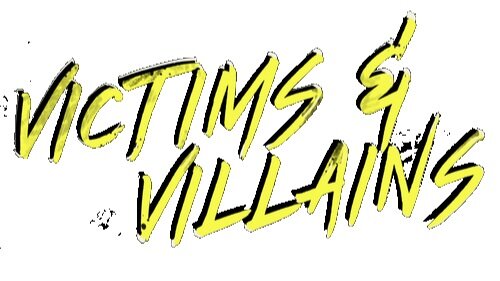There’s a line within 1933’s The Invisible Man in which the main character, Dr. Jack Griffin (Claude Rains), is explaining his vision for invisibility. To the modern audience, the element of invisibility seems farfetched or fantastical. It may attribute to the reasons why we have so many different religions and gods. Many of which have statues and faces in which you can visually see said god. Perhaps, there is an element of fear within the unknown. If we can’t see it, then it must not really be there. An act of faith seems as farfetched or as fantastical as the idea of an invisible god. The moment, in question, from the movie. Griffin is explaining how the world’s armies would bid openly for a stealth way to overcome their enemies.
When you place it within that context, it delivers a bit more terrifying notion and becomes a tad less fantastical. An invisible enemy is a terrifying thought. For some of us, it’s a real one. Whether you believe in religion or not, where God exists, the devil does as well. For others of us, it is our fears or anxieties. For some of us, it’s a real medical condition. It’s not so farfetched or fantastical anymore. I want to encourage anyone going through such things, if you need it, please check out our resource page. While we are gearing up for a modernized version of The Invisible Man, let’s journey back to the source material and find out what has made him so iconic nearly 90 years after his debut. The Invisible Man tells the story of a chemist who aims to create an invisibility potion and sell it to the Glhighest bidder as a means to provide a life for him and his love Flora (Gloria Stuart).
Much like the visual appeal of Dr. Griffin, there is a multitude of layers that the movie successfully establishes in such a short period of time. In some respects, the movie is a love story between Rains and Stuart. It’s in that narrative element, which allows the mad scientist aspect of Griffin to be humanized and vulnerable. As a viewer who has been married for nearly six years, that’s all I even want in my life. To be able to provide for my wife and to give her the best life possible. The bedrock for this cursed situation Dr. Griffin finds himself in is aiming to create something which could provide Flora a better life. That’s not only a humanizing quality of the character, that’s also a respectable one as well.
Outside of the romance element, it’s a truly terrifying film. Maybe not by today’s standards but the concepts and themes which fuel the film are scary. The idea of an enemy you can’t see. So much so that it takes an entire police force is truly scary. That’s a force to be reckoned with. At the center of everything is a transcending performance from Rains. Rains’ slow decent into madness is wondrous. He commands every scene that he is in – even if its’ just his voice. I have to hand it to him, watching this movie nearly 90 years after its debut, and still be able to have that kind of impact. That’s a performance that is nothing short of genius.
Through Rains isn’t the only shining star within this movie. The special effects department by John P. Fulton, John J. Mescall and Frank D. Williams is astonishing. One of the strongest wonders of this film is the sense of realism that it brings. A part of which makes the terror so successful. Modernly speaking, I feel like I come across a lot of films with CGI. Bad CGI is painfully obvious to notice. Quite frankly, it’s embarrassing for a studio to put out a film with CGI that looks half-finished. That’s a far cry from how impressive these effects are. Fulton, Mescall and Williams are true geniuses of their craft. There is noot enough praise to shower upon these guys and their timeless efforts set to film. The only minor complaint that comes with film, is the small aspect in how it is a product of its time. Its’ hysterical portrayal of women. I’m curious if it was supposed to breathe into the fear aspect of the story but they just came across loud, annoying and cringy.
Overall, The Invisible Man (1933), is still a revered classic and for good reason. The film’s complex narrative layers allow for the film to successfully tell a few different arcs within a short time span. The love story, which is the driving force for madness, allows for the humanizing performance of Claude Rains. Rains is more than impactful in the titular role. Showcasing sensitivity and a slow, yet beautiful, descend into the macabre. Nearly 90 years later, the special effects remain remarkable. The special effects aspect of the Invisible Man still put some modern effects to shame. A technical feat, nonetheless. The Invisible Man is an incredible piece of cinema from its acting, narrative, and effects – history made in under 90 minutes!
RORSCHACH RATING:
If you or someone you know is reading this right now and you are struggling with suicide, depression, addiction, or self-harm - please reach out. Comment, message or tweet to us. Go to victimsandvillains.net/hope for more resources. Call the suicide lifeline at 1-800-273-8255. Text "HELP" to 741-741. There is hope & you DO have so much value and worth!
Victims and Villains is written and produced by Josh "Captain Nostalgia" Burkey. Music by Yuriy Bespalov & Beggars. The Invisible Man (1933) is property of Universal Pictures. We do not own nor claim any rights.



